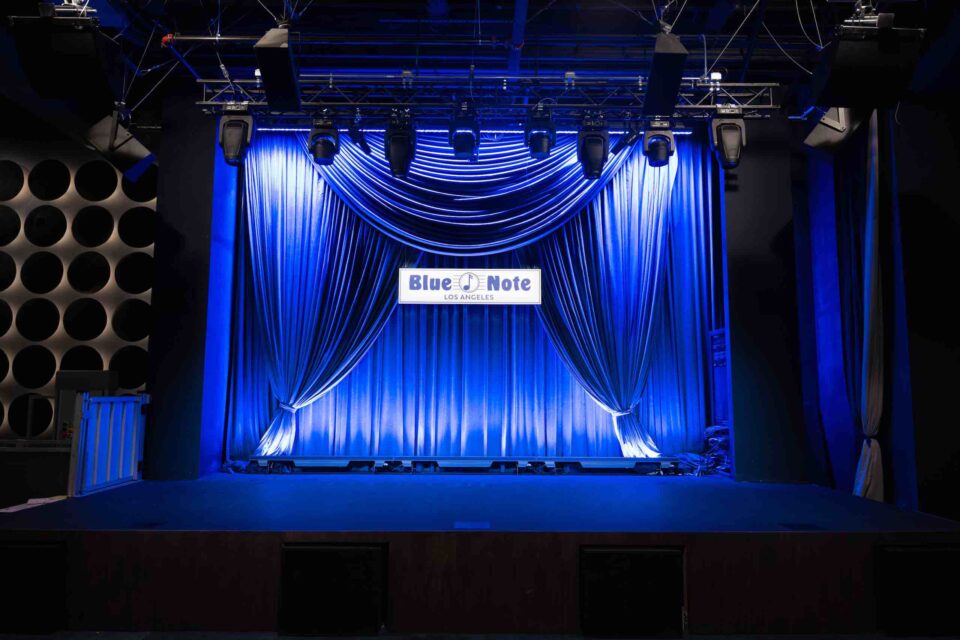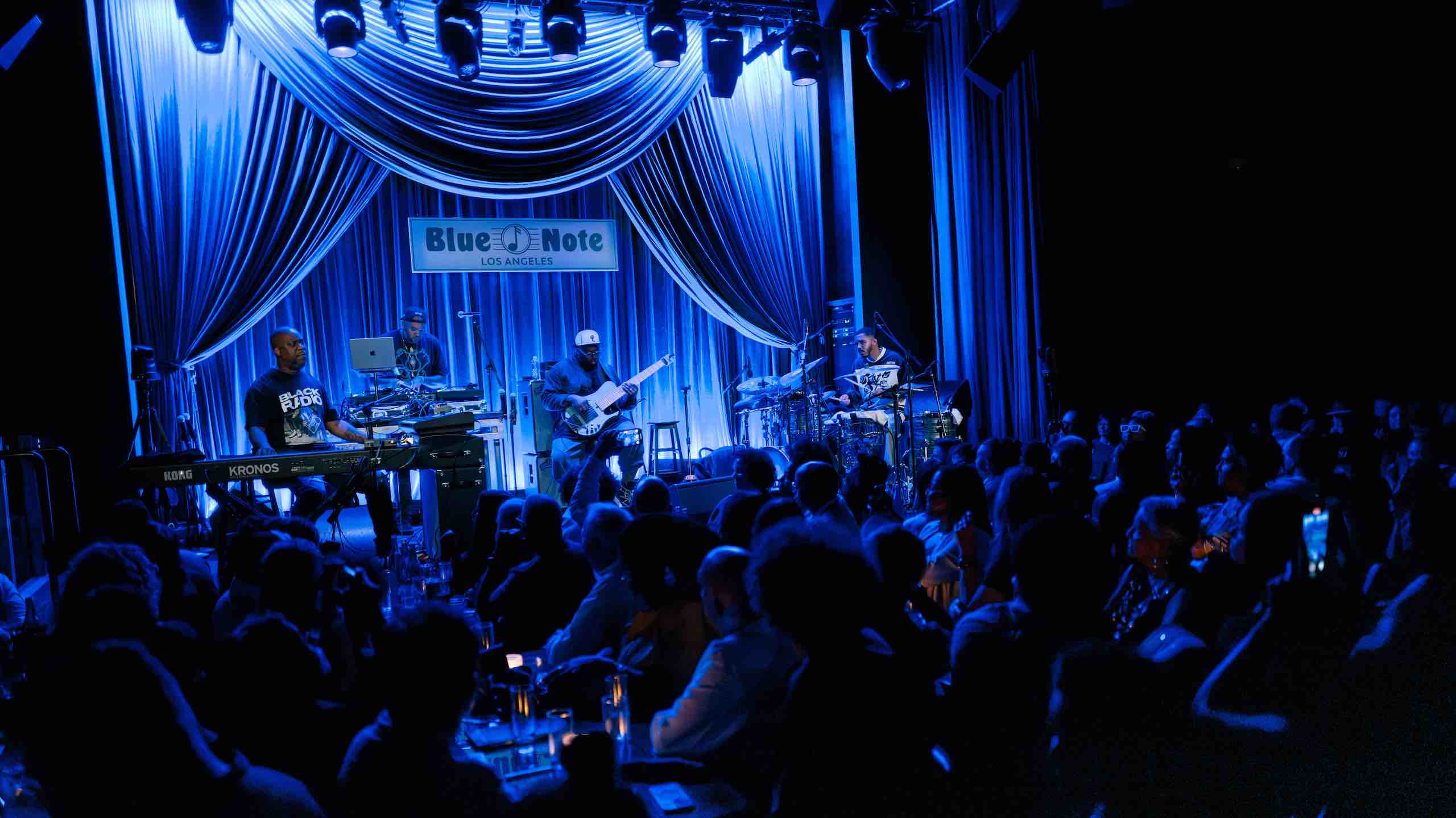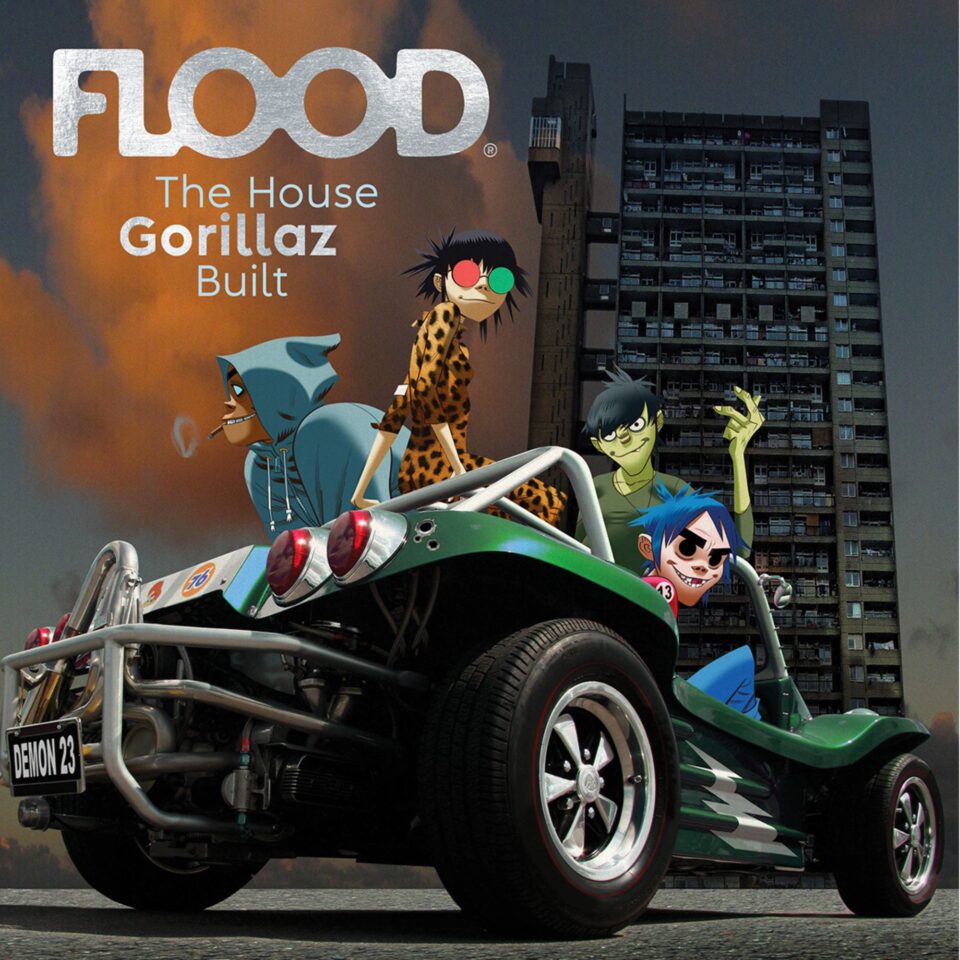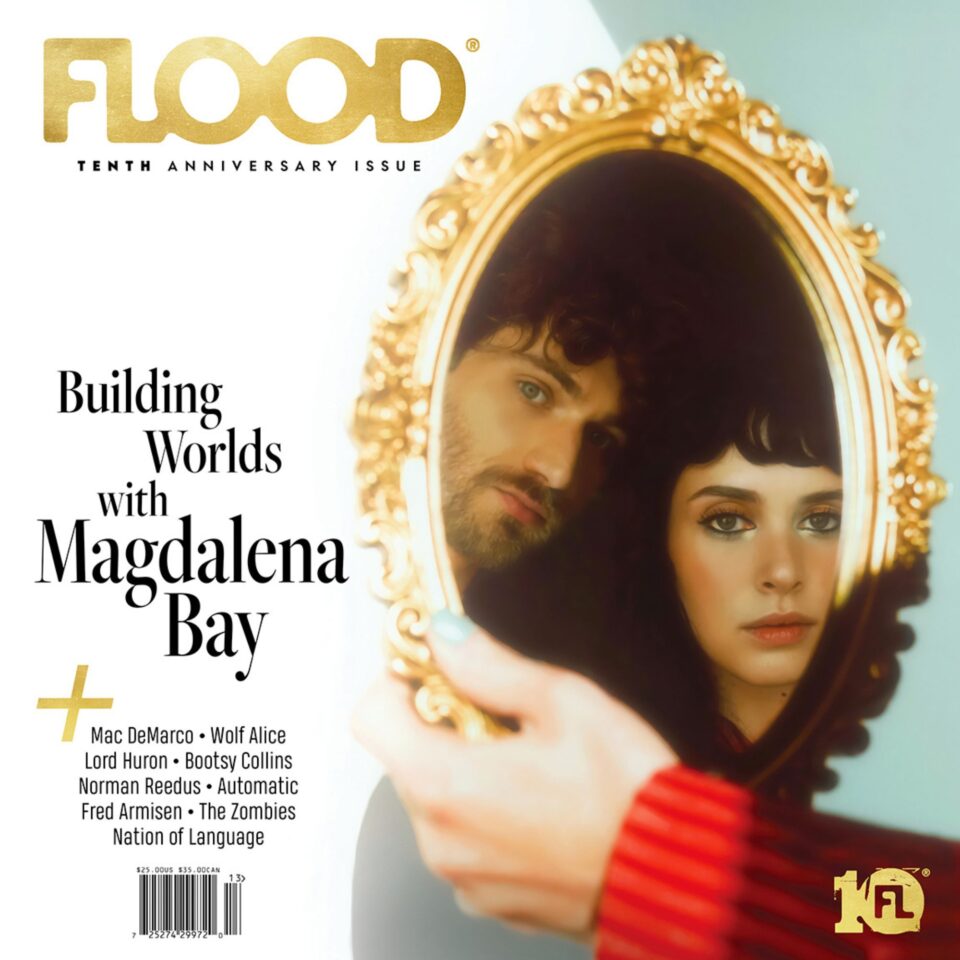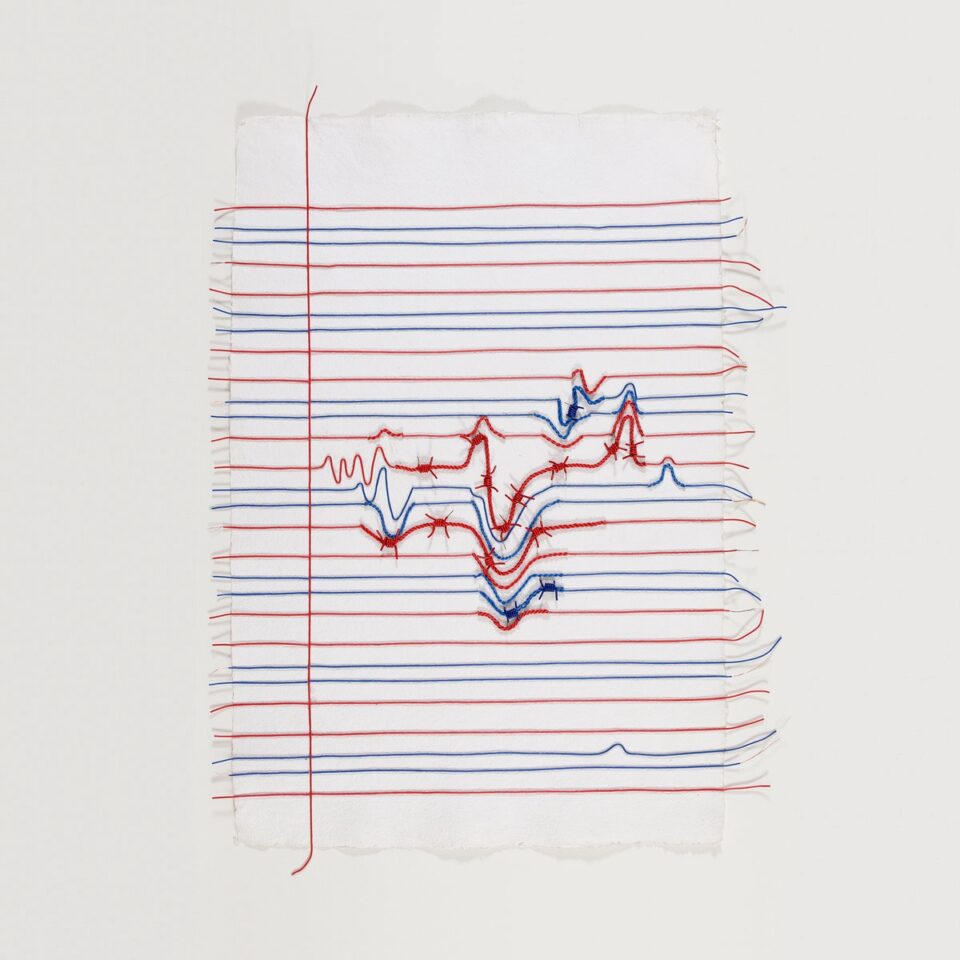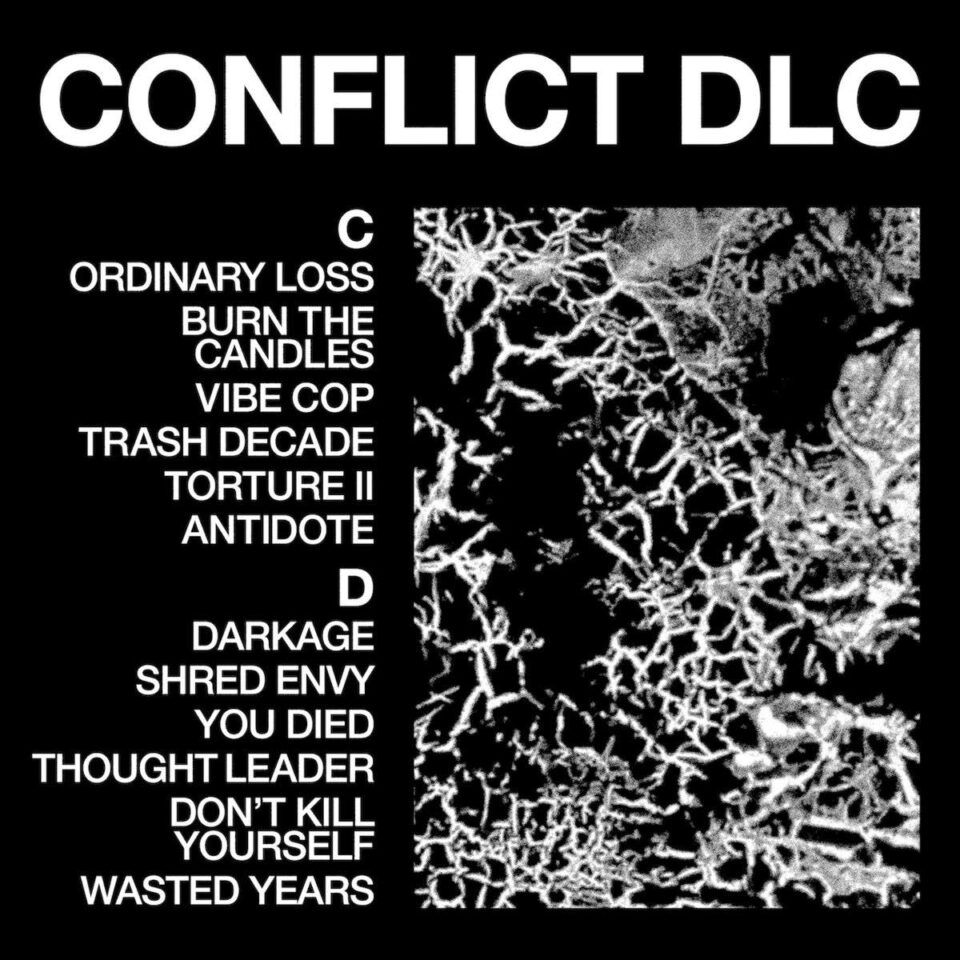Sunset Boulevard has taken some major hits in the past few years. In the span of one block, between Vine and Cahuenga, two historic cultural establishments are now gone: Amoeba Music, which relocated to a less striking home beneath a banal apartment complex on Hollywood Boulevard, and the Cinerama Dome, which, when I walked by it this past Thursday, remains shuttered with no signs of reopening. Yet one block beyond the defunct movie palace, a new ray of hope for Sunset has emerged on the corner. Blue Note, the celebrated international chain of jazz venues, just opened a club in Los Angeles, and it’s just as hip as the original in New York City.
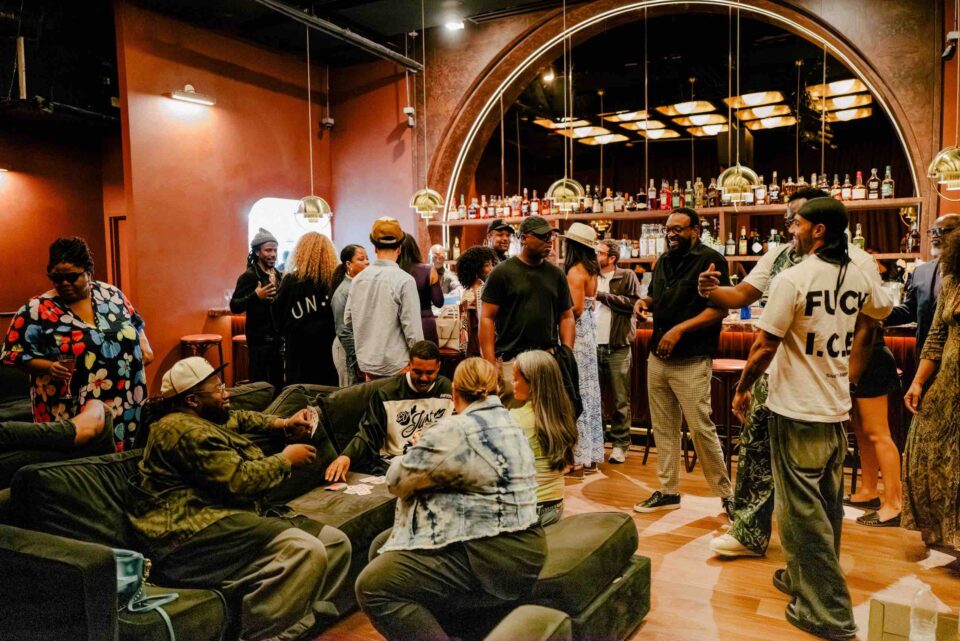
I arrived at the venue’s opening night soon after the doors opened, and much of the cabaret seating was filled with people who came early to relax and enjoy dinner and drinks before the music. It was clear that some of the patrons were industry professionals making their rounds, some were longstanding jazz musicians with their cliques, and others were younger fans helping to sustain the great American art form. Dim lighting and cool tones comprised the decor, emphasizing the glow of the electric-blue curtain backing the stage. Before anyone came onstage, the overhead playlist perfectly encapsulated the Blue Note aesthetic, playing everything from “Freddie Freeloader” to “Ms. Fat Booty.”
The first person to step onstage was the DJ and producer Jahi Sundance, who further depicted the Blue Note musical palette by spinning OutKast’s “B.O.B.,” Ray Charles’ “Unchain My Heart,” and Gnarls Barkley’s cover of Violent Femmes’ “Gone Daddy Gone.” Sundance is also the stage DJ for Blue Note Brand Ambassador Robert Glasper, who christened the venue with his renowned talent for bridging musical worlds. “Who would have thought? But we are here now. This is the grand opening night,” Glasper said as he took his place at the keyboards. “I’ve been needing this here. I’m really happy to bring Blue Note culture to LA, and LA culture to Blue Note.”
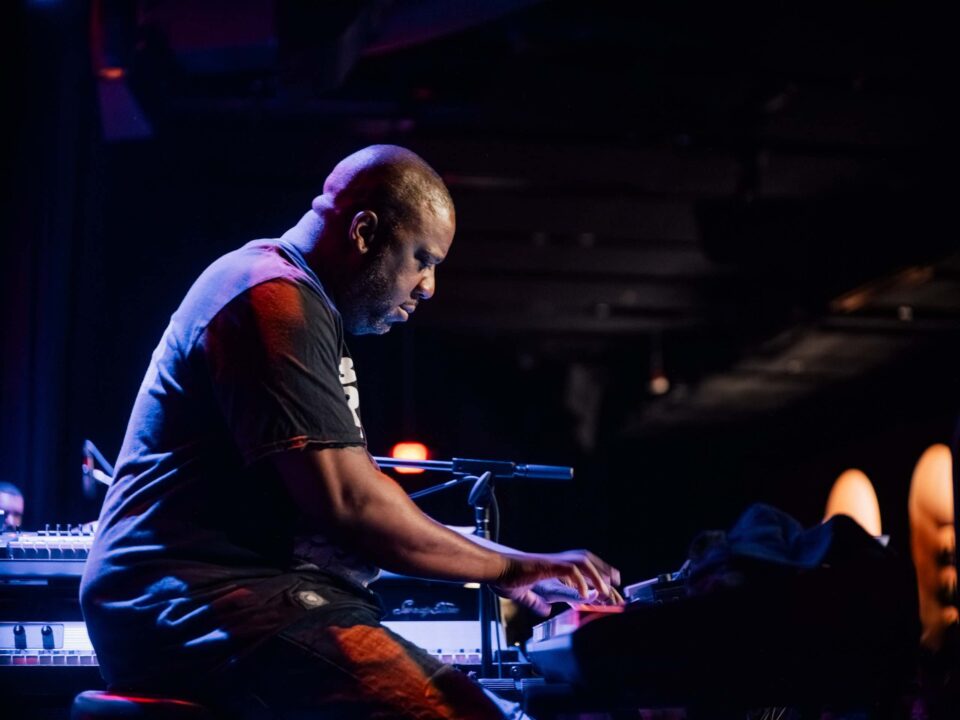
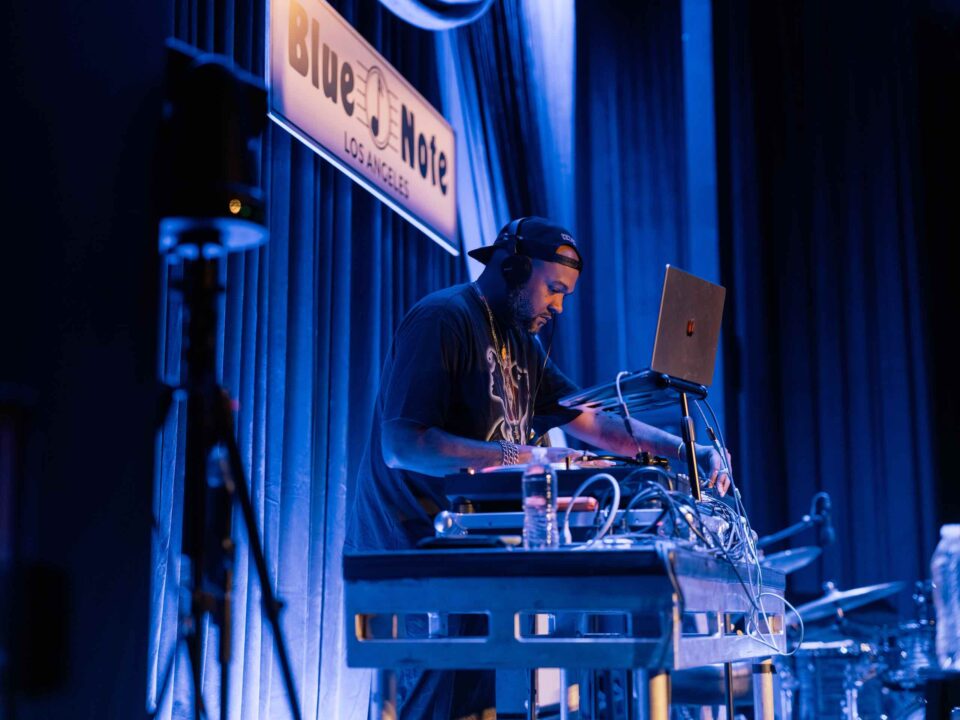
“Blue Note is gonna provide what was missing, giving all these amazing artists a home. Every week this is happening. It’s a full calendar of amazing artists playing.” — Robert Glasper
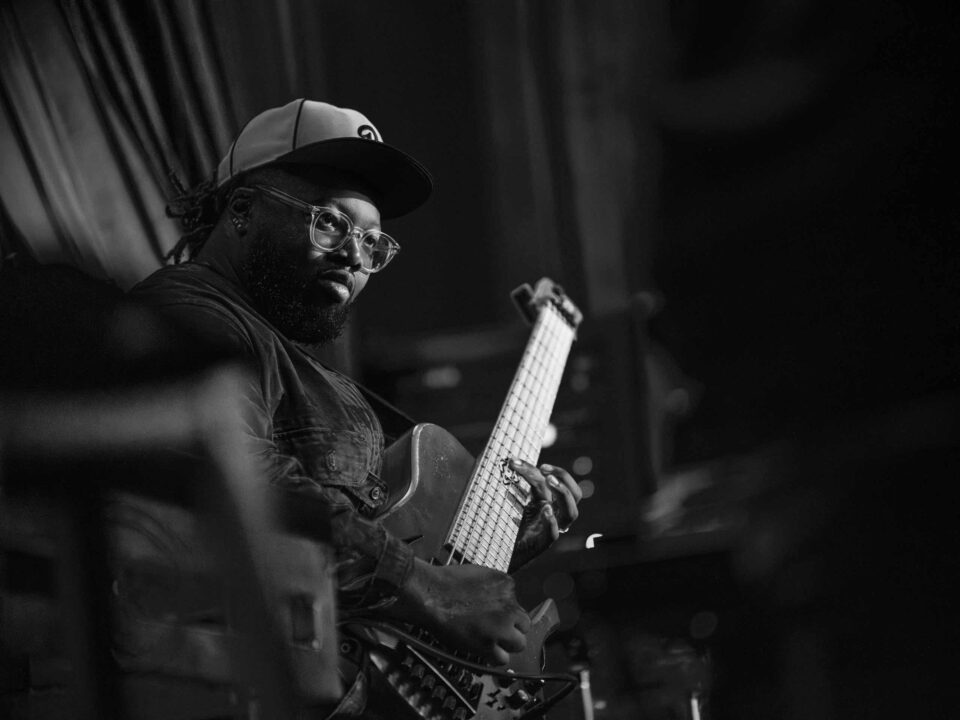
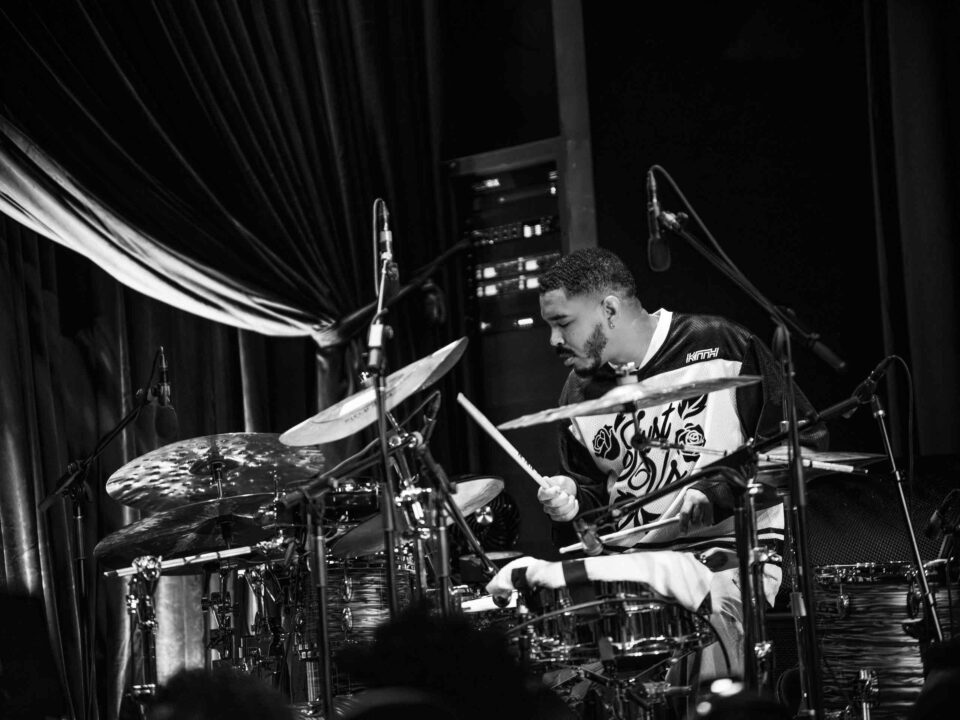
Glasper is well aware of the losses Sunset—and the LA music community at large—have faced in recent years, and he’s filling the gap with Blue Note culture. “Blue Note is something that’s missing in the LA scene, because LA has so much talent and so much character,” Glasper told me on a Zoom call a few weeks before the opening. He brings up other lost venues like Piano Bar, a casual Hollywood saloon that was just a few blocks up from Blue Note. Native Angelenos like Terrace Martin and Kamasi Washington (both of whom have dates booked at Blue Note LA) used to hang out there and jam regularly. “There used to be places I could go every week. There’s barely any anymore. Blue Note is gonna provide what was missing in that puzzle, giving all these amazing artists a home. Every week this is happening. It’s a full calendar of amazing artists playing. At some point, I’m gonna start a jam session or two.”
Alex Kurland, Blue Note’s Director of Programming, mentions how he and the whole company were very conscious of the history in the area of the new club. “For us, it’s about recognizing, acknowledging, and appreciating all of that history and doing the best job we can to keep that area active, alive, vibrant, dynamic, and consistent,” he says. “These bookings are intentional. The artists are special, and their moments parallel the history of those iconic moments that have existed between Amoeba and the Cinerama Dome. There’s a whole world of experiences just on that block that you could live within, and that’s important to acknowledge, because it’s part of the story.”
“There’s a whole world of experiences just on that block that you could live within, and that’s important to acknowledge, because it’s part of the story.” — Blue Note Director of Programming Alex Kurland
The story of Blue Note LA goes back several years to a period when the West Coast had grown into a major sector for Blue Note. The brand opened a Napa location and launched an annual Napa festival, The Black Radio Experience, which is curated by Glasper (the event is named after his 2012 GRAMMY-winning album, Black Radio). The fourth edition is coming at the end of this month. “It’s been on one of the burners,” Kurland says of the LA club. “I don’t know if it’s the back burner or the middle burner, but it’s been on a burner for quite a while.”
As with all things on the business side, Kurland emphasizes the importance of intentionality. They secured this space on Sunset, and it was initially ready for opening back in March, but the LA fires led to a delay. “Timing is of the essence, and having confidence that it’s the right time—that the brand is in position to do the best job that we can when we open in LA...” Kurland adds. “Coming out of the pandemic, [we were thinking] about what our goals are for expanding the brand. But also, it’s very artist-led. It’s very much in an effort to really follow where the music leads.”
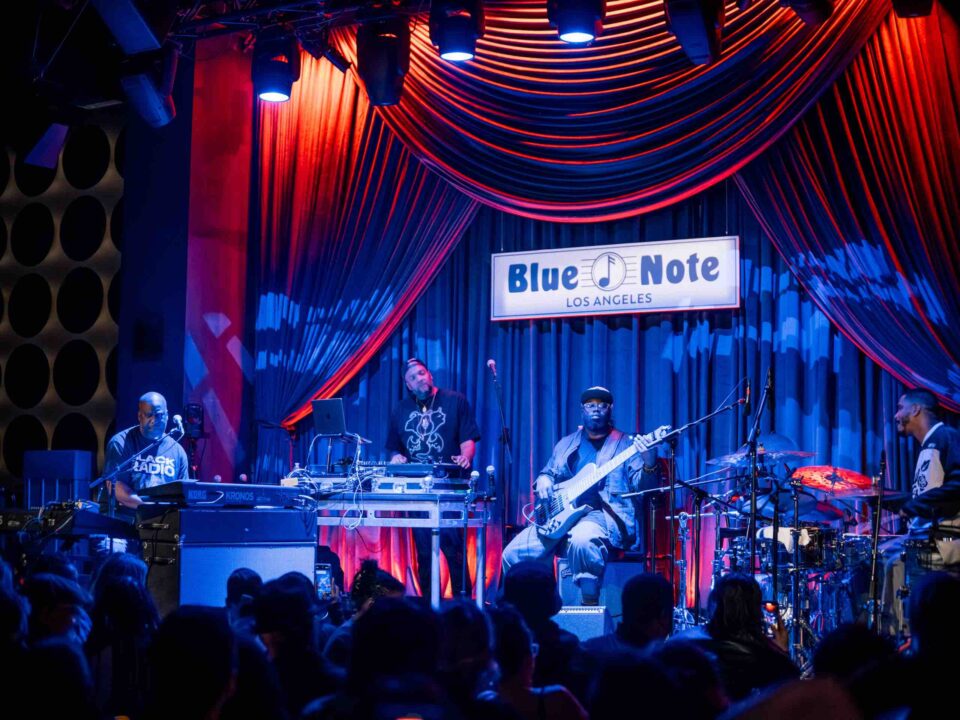
For a literal perspective on “artist-led,” Glasper was heavily involved in curating the programming for this initial schedule, which includes gigs almost every evening between now and December 21. Killer Mike, Slum Village, Kenny Garrett, Esperanza Spalding, and many more will take the stage before the end of this year. “The cool thing about working with Alex and [Blue Note Entertainment Group president Steven Bensusan] is they’re very open to my ideas, and who, I feel, should be playing in that room,” Glasper says. “I’m in the streets. I’m with all the artists all the time, curating shit and doing shit. So I’m just trying to keep Blue Note cracking and keep it cool. Keep it on the edge. The streets really tell the story of any culture. We want to make sure we represent that.”
As he notes, Glasper’s attunement to what’s happening in music goes beyond established acts. He has his ear to the ground for up-and-coming talent that will soon populate the B-Side, the second room of Blue Note LA. This is the first Blue Note club to have two venues. It wasn’t open on the first night, but this second room will have a capacity of 100—half of the main room’s 200. Glasper intends to welcome younger artists who could be main-room material in the near future, making Blue Note LA a breeding ground in addition to an institution. “We’re going to utilize the hell out of that,” Glasper says. “We need to stir the pot with all that talent. Cross-pollination is everything. Especially in LA, because it’s the capital of artist entertainment.”
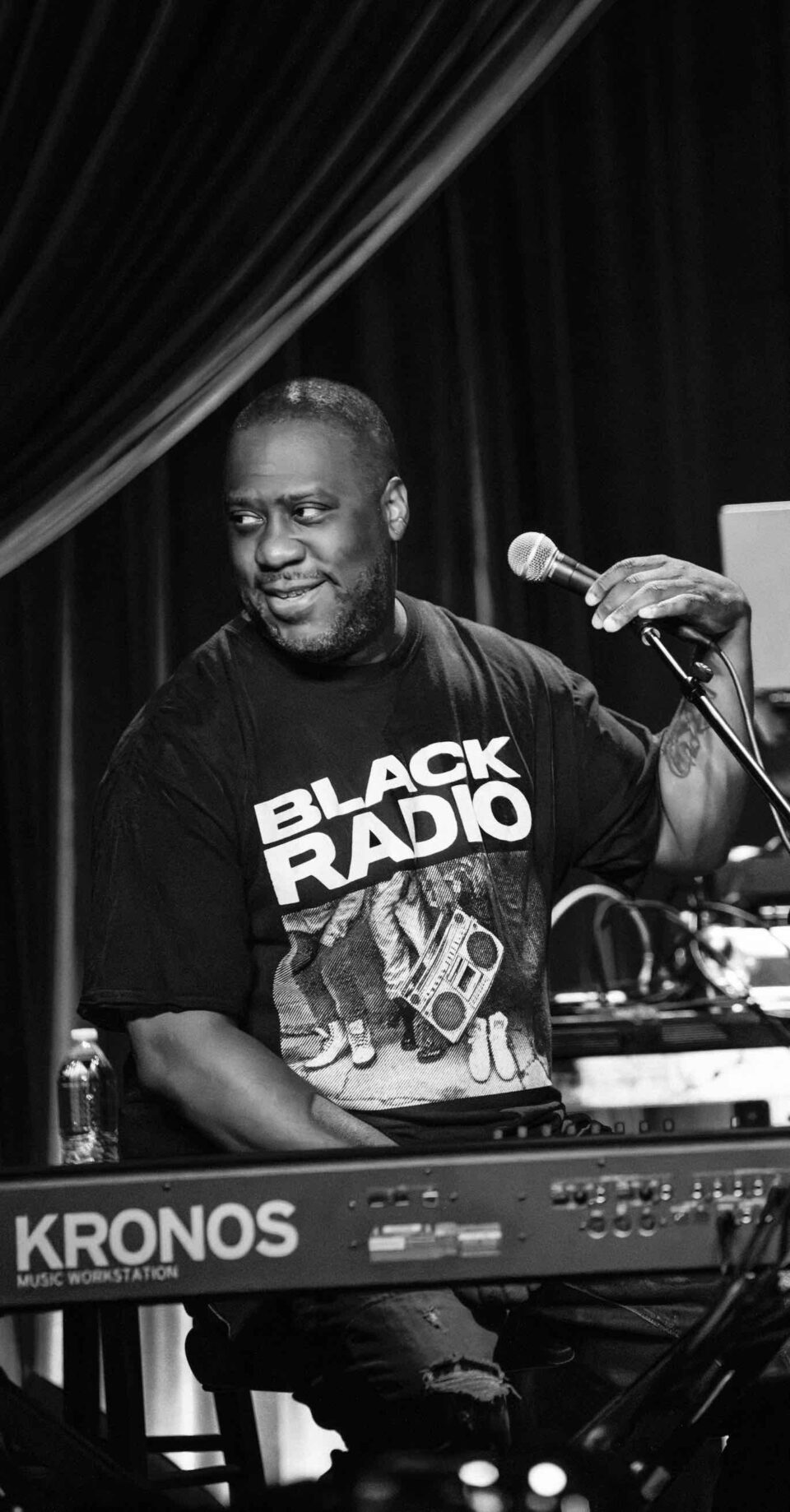
“The streets really tell the story of any culture. We want to make sure we represent that.” — Robert Glasper
Glasper demonstrated a hefty dose of artist entertainment for the grand opening. Alongside Sundance and his frequent collaborators, Burniss Travis on bass and Justin Tyson on drums, the quartet went through the full range of dynamics, writing stories between ambient washes of sound and high-octane bebop. They created improvised backdrops to familiar vocals slotted by Sundance, who mixed in hits like A Tribe Called Quest’s “Bonita Applebum” and Thundercat’s “Them Changes.” They even had some fun doing improvised country riffs and singing Cyndi Lauper’s “Time After Time.”
When the music came to an end, the band left the stage in the midst of a standing ovation. The crowd had just witnessed history: The first public performance of Blue Note Los Angeles. But Glasper only had a couple of hours before he took the stage again, because every evening at Blue Note has an early show and a late show. The music kept going. It will keep going throughout the rest of the year, and, hopefully, this new venue will keep it going in more new places around Los Angeles for years to come. FL
